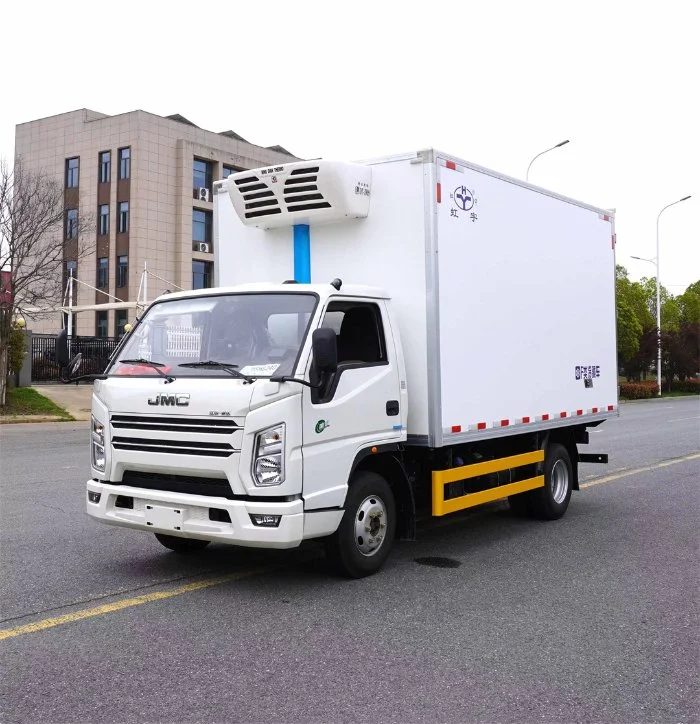In today's interconnected world, the transportation of goods plays a pivotal role in global trade. Efficient and reliable transportation networks are essential for the smooth flow of goods across borders and continents. In this article, we will delve into the most common mode of goods transportation, exploring its significance, advantages, and impact on various industries.
- The Dominance of Maritime Shipping:
When it comes to transporting goods on a global scale, maritime shipping stands out as the most common and widely used mode. With approximately 90% of the world's trade being carried by sea, it has become the backbone of international commerce. The vast capacity of cargo ships, coupled with their cost-effectiveness, makes maritime shipping an indispensable choice for transporting goods across long distances. - Air Freight: The Speedy Alternative:
While maritime shipping dominates in terms of volume, air freight offers unparalleled speed and efficiency. Particularly for time-sensitive or high-value goods, such as perishable items or electronics, air transportation is the preferred choice. Despite its higher costs, the ability to deliver goods quickly and reliably has made air freight a vital component of global supply chains. - The Versatility of Road Transport:
Within national and regional boundaries, road transport emerges as the most common mode of goods transportation. Trucks and lorries provide flexibility and accessibility, allowing goods to reach even the most remote locations. Road transport is particularly advantageous for short-distance deliveries, just-in-time inventory management, and last-mile logistics, ensuring goods reach their destinations promptly. - Railways: The Efficient Land Transport:
Railways have long been a reliable mode of goods transportation, especially for bulk commodities and heavy goods. With their extensive networks and high carrying capacity, trains offer an energy-efficient and cost-effective solution for transporting goods over long distances. Rail transport is often favored for intercontinental trade, connecting major industrial hubs and facilitating trade between countries. - Multimodal Transport: Maximizing Efficiency:
In an era of integrated logistics, multimodal transport has gained prominence. It involves combining different modes of transportation, such as sea, air, road, and rail, to optimize efficiency and reduce costs. By seamlessly integrating various modes, multimodal transport offers end-to-end solutions, ensuring goods are transported smoothly from origin to destination, regardless of geographical barriers.
Conclusion:
The transportation of goods is the lifeblood of global trade, enabling the exchange of goods and fostering economic growth. While maritime shipping remains the most common mode, air freight, road transport, railways, and multimodal solutions all contribute to the efficient movement of goods across the globe. Understanding the strengths and advantages of each mode allows businesses to make informed decisions and optimize their supply chain strategies. As technology continues to advance and new innovations emerge, the transportation industry will undoubtedly witness further transformations, shaping the future of global trade.



